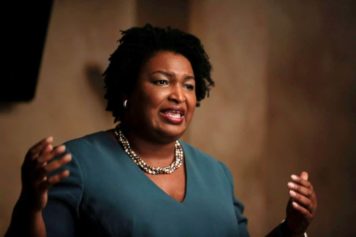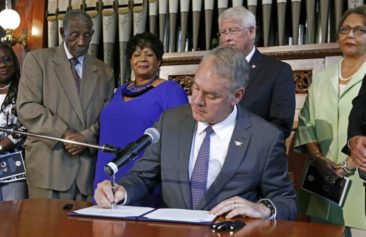According to a new report by the Federal Deposit Insurance Corporation (FDIC), in 2011 more than 37 million American households were either unbanked or under-banked. African-American households represent 34 percent of all under-banked consumers, the highest percentage among demographics surveyed. When under-banked African-American and Latino households are combined, these two communities of color comprise over 60 percent of the nation’s under-banked households.
Unbanked Hispanics households use alternative financial services (AFS) more actively than any other racial or ethnic group.
FDIC defines a household as “unbanked” if no one in the family has a checking or savings account. “Under-banked” households are those that have a checking or savings account but rely on AFS to transact personal business.
Another new FDIC finding is that the use of prepaid debit cards is growing particularly among two types of consumers –those who have never banked and the previously banked. From 2009 to 2011, use of prepaid debit cards by consumers who have never held bank accounts nearly doubled from six to 11 percent. Previously banked consumers’ usage grew from 19 to 27 percent.
Beyond racial disparities, unbanked and under-banked consumers find that AFS are more convenient, easier to access, and present lower barriers to qualification than traditional banking. Ease of access was most often mentioned by consumers as the deciding factor in their choices. The second most frequent reason unbanked and under-banked consumers chose AFS was that banks either did not make small-dollar loans or the consumers did not qualify.
More than half of 2011’s under-banked consumers felt purchasing non-bank money orders or using a non-bank check-cashing service was more convenient than bank services. Unbanked consumers agreed by more than 29 percent.
On a state-by-state basis, FDIC’s analysis found the highest incidence of unbanked consumers in the South: Alabama, Arkansas, Louisiana, Mississippi, Oklahoma and Texas. Of these states, the highest percentage of unbanked consumers was Mississippi with more than 15 percent.
FDIC’s metro area data revealed that Texas’ most populous city, Houston, had the highest percentage of under-banked consumers with more than 28 percent. Other metro areas with 20 percent or higher numbers of under-banked consumers were: Austin, TX; Baltimore, MD; Kansas City, MO; Little Rock, AR; New Orleans, LA; and Rochester, NY.
Commenting on these findings, Uriah King, vice-president for state policy with the Center for Responsible Lending (CRL) said, “Payday loans are no easy fix. Borrowers have to take out loan after loan just to stay afloat.”
Earlier CRL research has found that payday loans lead to long-term debt. The payday industry’s $27 billion annual loan volume is largely derived by ‘loan churning’, the practice of taking out a new loan in order to pay an earlier one. Payday loans’ debt cycle generates $3.5 billion in fees alone each year, and the typical borrower is in debt for 212 days of the year.
Other CRL research on overdraft fees found that most debit card transactions were triggered by an average expenditure of $20.00; but the typical fee charged for each overdraft is $34.00 per transaction. As a result, each year overdraft fees cost consumers $23.7 billion.
It could be argued that the increase in prepaid card usage is related to the high overdraft fees charged after consumers receive their monthly bank statements.
“Usurious payday loans and overdraft fees are clearly predatory products. No wonder so many consumers simply opt out completely. These findings are really uncover how far afield big bank practices are from serving the needs both families of color and/or low-income communities”, concluded King.
Source: Charlene Crowell is a communications manager with the Center for Responsible Lending. She can be reached at: [email protected].


